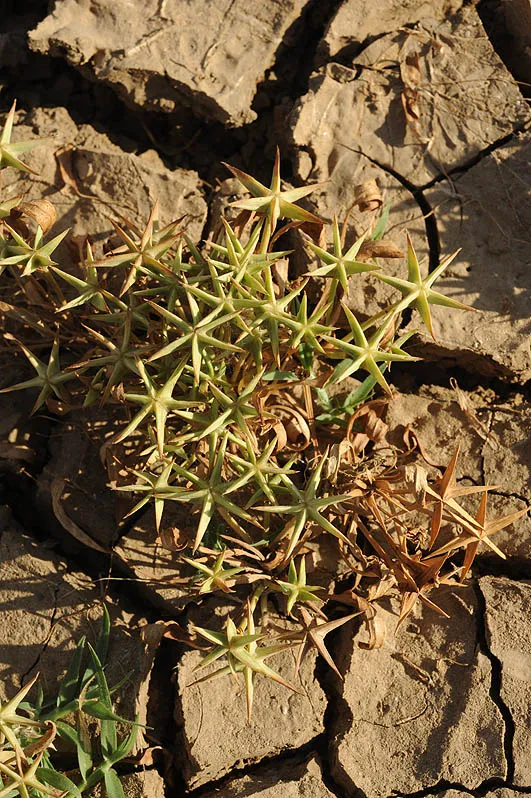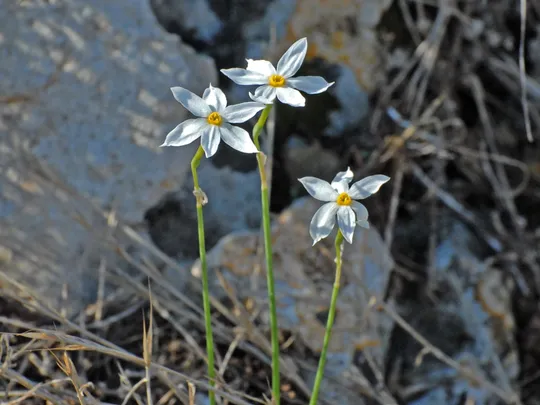African purslane
Zaleya pentandra
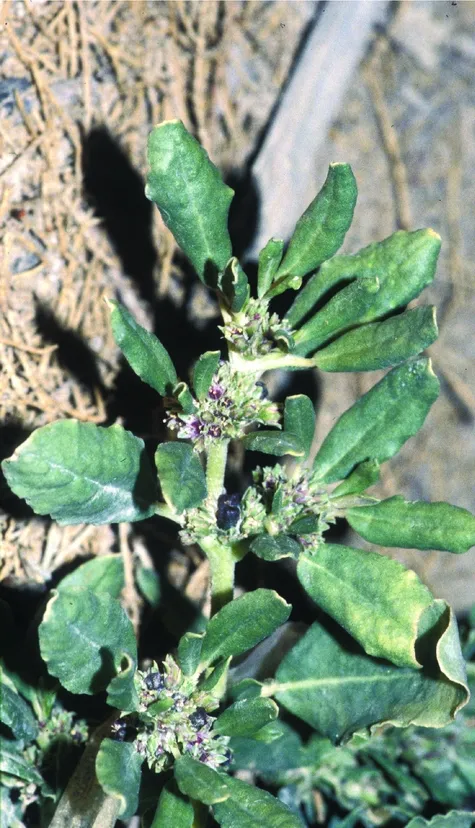
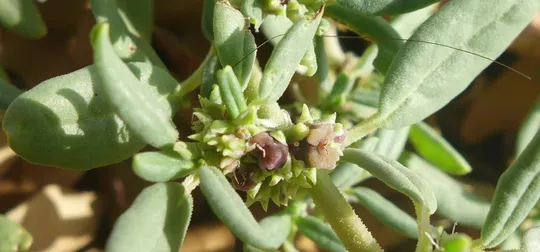

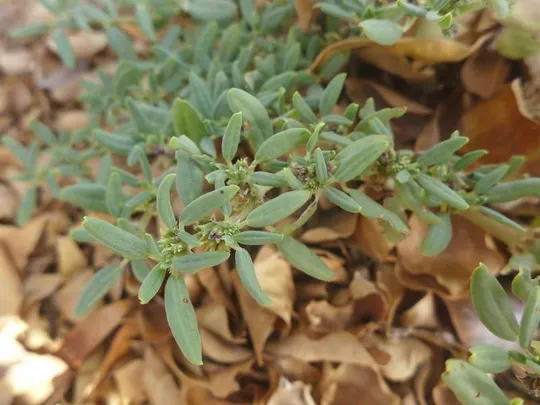
Zaleya pentandra is
noted in
the Flora Palaestina from six regions, however it has not been collected at all in Israel since 1986. In the past the species was collected from the following regions (only once
or twice in each region): the Philistian Plain, Gaza, Sharon, Kinarot Valley, the lower Jordan Valley and Dead Sea. In the Gaza area Z. pentandra was collected a single time in in
1924, on the
Carmel Coast in 1979, in the Sea of Galilee in 1940-1970, and from the Jordan Valley there
have only been two collections – in 1927(Jericho) and 1941 (Allenby
Bridge). In the Sharon,
there is evidence for two sites up to 1986 (En HaHoresh) and in the Bet-She’an Valley – four collections were made, the most
recent one in 1986.
Z. pentandra is mentioned in
the Flora Palaestina from the Dead
Sea region. There is no
separation there, nor in other Israeli guides, of data from the Jordanian side and data from the Israeli side of the Dead Sea. The record of its
existence in the Dead Sea area and probably also in the Judean Desert (Danin, 2004) is based on the
collection made by the British botanist Hart in 1897 from Safi in Jordan. In 2000, after an extensive search in the entire Jordanian
Ghur and along the Dead Sea coast, we
succeeded in finding Z. pentandra at
only one site – the Safi oasis in
the southern Dead Sea. This data supports the fact that
Z. pentandra is critically endangered on the Jordanian side of the Dead Sea as well.
Sand fields at
the edge of agricultural fields
in hot habitats (the coastal plain, Dead Sea, Kinarot and Bet-She’an valleys). In Arabia and Egypt, the species grows in
irrigated sites and in warm wadis. In
Safi oasis in Jordan, it is found
on saline sand cultivated with tomatoes at the edge of the
salt marsh south of the Dead Sea.
Zaleya is
a small genus with three species, found in east Africa with penetrations to the
southern Middle East, as well as from India to Australia. The genus is close to
the genus Trianthema, which has 10 species that are also found in the Paleotropical region. The three Zaleya species were once included in
the genus Trianthema (see Flora Palaestina, the old Israeli
plant guide) based on their close relation. However,
whereas Trianthema
has one style, Zaleya has two styles per
flower. Both genera belong to the Aizoon tribe
in the Aizoaceae family. This tribe is characterized by the absence of flower petals and a superior ovary. The entire tribe has a tropical affinity, with its center of distribution
in South Africa.
·
Currently only two sites in which Zaleya pentandra was observed in
1981-1986 are known: near Hamadya in the
Bet-She’an
Valley and near En HaHoresh in the Sharon. Since then Z.
pentandra has no longer been seen in Israel, and may be
extinct.
·
No rare plant survey was conducted in the
Jordan and Kinarot valleys and therefore the information is incomplete.
A detailed survey should be conducted to locate Zaleya pentandra in its potential habitats
at the margins of agricultural
fields in the
Jordan Valley, in the Kinarot Valley and on
the coastal
plain. If it is indeed extinct, seeds
should be collected from the last remaining site, Safi in Jordan, to establish two populations, one on the coastal plain
and the other in the Jordan Valley. The populations should be
monitored to study why the species has become extinct or becomes a weed on
agricultural fields.
Zaleya pentandra is found in Eastern and Equatorial Africa, Madagascar, Sudan, Ethiopia,
Egypt, Sinai,
Socotra, Jordan and the entire Arabian Peninsula
(including Yemen, Hadhramaut, Oman and the Emirates), India, South Afghanistan, Pakistan and southern Algeria.
Zaleya
pentandra
is a succulent A fleshy ground-creeping annual with a tropical affinity, which
grows in disturbed habitats of cultivated fields, in oases in warm surroundings.
Z. pentandra is a southern peripheral plant, for which the Jordan Valley constitutes a migration
path and the northernmost point of its global distribution. Previously it
grew in six different regions in Israel, but has not been located since 1986.
Although it is a plant of disturbed habitats and field edges, it seems to have been very badly affected by intensive agriculture and pesticide use and has disappeared in the last twenty
years. The
last known population grows in Kfar Fayfa, in the Safi oasis at the southern Jordanian Dead Sea. Seeds should be
collected from there to reestablish two populations in Israel.
Current Occupancy Map
| 1000 squre meter pixel | 5000 squre meter pixel | 10000 squre meter pixel | |
|---|---|---|---|
| number of observations | 0 | 0 | 0 |
| in total pixels | 0 | 0 | 0 |
| Family | Aizoaceae |
| Classification | On the endangered species list |
| Ecosystem | Oasis, Coastal area and the Jordan Valley |
| Chorotype | Sudanian (Paleotropical) |
| Conservation Site | Nitsana Sands and Ne’ot HaKikar |
| Rarity |
1
5
6
|
|---|---|
| Vulnerability |
0
4
4
|
| Attractiveness |
0
1
4
|
| Endemism |
0
0
4
|
| Red number |
1
5.3
10
|
| Peripherality | S |
| IUCN category | DD EW EX LC CR EN VU NT |
| Threat Definition according to the red book | Critically endangered |
 Based on:
Based on:


